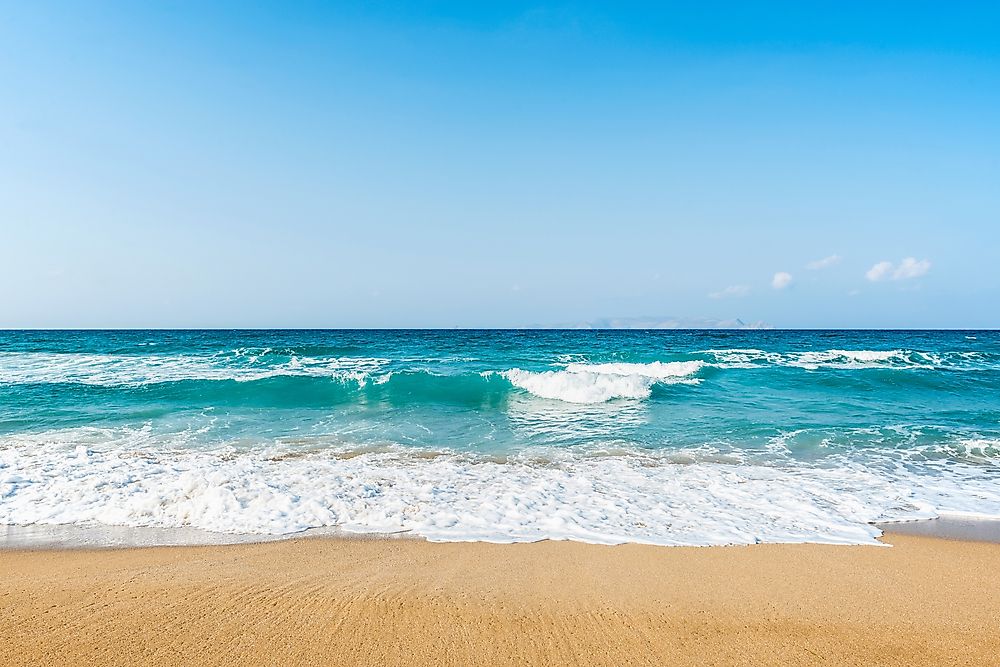

The annals from the Franciscan monastery of St. Written sources indicate that Vikings travelled, traded, and raided, throughout most of Europe. Monks, Arabs, and medieval writers all spoke about the Vikings travels Today, we know of the Viking travels from archaeological finds, such as tombs and settlements, where relics of Viking merchandise are found. The essential characteristics for what we now call a 'hit and run attack'," says Ravn. "Having oars on the ships meant that they could enter a country quickly and also make a fast getaway, even under unfavourable sailing conditions. One day they would be peaceful traders, the next day brutal pirates. On their travels, they would trade with the locals, but also raid, pillage, and take slaves back home. People living in the Viking Age were farmers, but they would also venture out to travel as Vikings and look for riches. The Viking ships had to carry many men on their great conquests, such as the raids in England.īut the reputation of the Vikings in popular culture as wild and bloodthirsty men is a little too simplistic.

Some ships were built for navigating along coasts and rivers, whereas the ships that went to England, Iceland, Greenland, and America were likely to have been large oceangoing vessels that could carry up to 80 people or a large amount of cargo. This was developed in northern Europe and successfully used by the Norsemen, and it represents a step in evolution in shipbuilding between the sewn plank boats and the new Viking ships.ĭuring the Viking Age, they developed different types of ships for different purposes - either for crew, food, or merchandise. It is clinker built, a technique where the edges of hull planks overlap and planks are joined end to end into a strake. The Nydam boat is 23 meters long and 3.5 meters wide. We cannot rule out that at some point we will find a ship from the year AD 500, but right now it is one of archaeology’s great questions," he says. "We do not know what was happening in between the time of the Nydam society’s boats and ships of the third and fourth century AD which were exclusively propelled by oars, and the seventh century where we begin to find pictorial depictions of ships. The only thing we know about ship history in Denmark during this period is based on a boat found in a bog in Nydam, Southern Denmark, in 1863.

With the sail began a historical period when the Norse reached all the way down to the Caspian Sea, Gibraltar, Iceland, Greenland, and America.Īccording to Ravn, researchers know little about the use of sails and maritime activities in the Nordic region between the fourth and eighth centuries. "We don’t know why they didn’t have sails earlier, perhaps they just chose not to use it" says Ravn, who believes that the Norsemen must have known about the use of sails in the seventh century. But it is not until around the seventh and eighth century that we see the sail introduced in Scandinavia," says Dr Morten Ravn, an archaeologist and curator from the Viking Ship Museum in Roskilde, Denmark. "Viking Age people knew about sails, at least since the birth of Christ, because they had contact with the Romans who had sails on their ships. But sails meant they could travel faster and cover longer distances, even on the high seas. We know this because Iron Age people living in Sweden are known to have navigated down Russian rivers. Danes, Norwegians, and Swedes of that time - around AD 700 to 1050 - also travelled by sea.


 0 kommentar(er)
0 kommentar(er)
